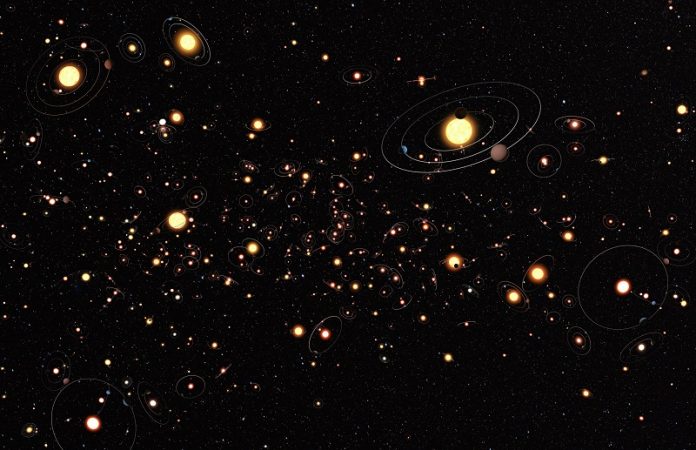
In a new study, researchers have made new observations of a massive star-forming region of the outer Milky Way.
This is the first high-resolution, radio telescope observations of the region.
The research was conducted by astronomers from the United States and South Korea.
This Milky Way region is called CTB 102 and about 14,000 light years from Earth.
Previous research has shown that the region contains clouds of ionized hydrogen atoms. But it has been hard to examine because it is far from Earth and there are dust and gas in between.
In the current study, the team reported a new, higher-resolution map for the region.
They used a newly commissioned radio telescope at the Taeduk Radio Astronomy Observatory in South Korea.
The telescope could take high resolution, carbon monoxide observations of the galactic region’s molecular clouds.
The new observations show the mass and structure of the material in the region.
In addition, the team compared their radio observations with existing infrared data from the Wide-Field Infrared Survey Explorer and the Two Micron All Sky Survey.
The infrared data helped the researchers classify young stars forming within the region’s molecular clouds.
According to the researchers, the data showed three important findings.
The first is the physical structure and characteristics of the region’s molecular clouds.
These clouds are fairly large and about 180 light years across with a mass equal to about 100,000 masses of our sun.
The second is that they found the young stellar content within the clouds.
The third is that the data showed the efficiency of star formation within the galactic region. The star formation efficiency of the entire CTB 102 region is about 5% to 10%.
This is similar to other giant molecular clouds within the galaxy. A subregion of the clouds has a higher star formation efficiency (17% to 37%).
The team suggests that the subregion is the site of a massive cluster of young, developing stars.
Future work needs to find out why all the young stars are in that subregion.
The findings show that the telescope is ideal for studying similar regions in our galaxy.
The lead author of the study is Sung-Ju Kang, a staff scientist at the Korea Astronomy and Space Science Institute.
The study is published in the Astrophysical Journal.
Copyright © 2019 Knowridge Science Report. All rights reserved.



